June 06, 2016
By David Hart
There are two types of hunters: Those who can't dream of a hunt out West and those who dream of their next hunt out West. What's not to love about wide-open spaces and endless views interrupted only by herds of antelope?
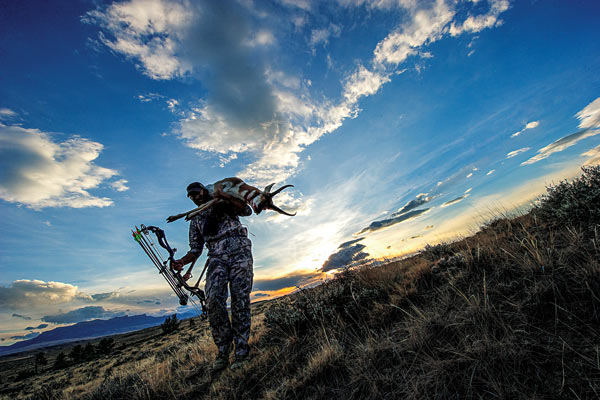
Who doesn't dream of stalking elk through dark timber or glassing rugged canyons for branch-antlered mule deer? The Rocky Mountains, the Great Plains, and the desert Southwest have been drawing hunters for as long as we've been able to find ways to get there.
Big-game populations are certainly nothing like they were when those first European explorers crossed the prairie and hiked deep into the mountains. Lingering drought, disease, extreme winter weather, human encroachment, and predation have taken their toll on big game in some regions.
Advertisement
However, there is good news. The drought has subsided in some regions, and mild winters have helped boost fawning success. There's no better time to live your dream of Western deer, elk, or antelope hunting trips.
Whitetails
Whitetails took a major hit in north-central Montana and other states in 2011 when Epizootic Hemorrhagic Disease (EHD) killed an estimated 90 percent of the deer in some regions. And a harsh winter in 2012 didn't help.
Advertisement
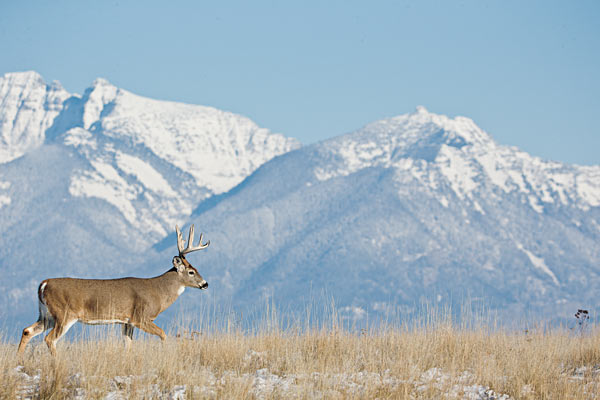
Whitetails are resilient creatures, though, and Montana Fish, Wildlife and Parks Game Management Bureau Chief John Vore says their numbers have rebounded well in Montana. Hunting opportunities are improving, and the state has even added more antlerless tags.
Much of the state's best whitetail habitat is on private land, but the state's Block Management Program offers free public access to 7.4 million acres of private ground. Accessible land is abundant in eastern Montana's prime whitetail range.
Wyoming whitetails remain stable, says Wyoming Game and Fish spokesman Al Langston, with good public opportunities in the Black Hills National Forest. He points to the regions around Sundance, Sheridan, and Buffalo as top bets for big whitetails.
 Whitetails in the Dakotas are well below population objectives, particularly in the eastern half. A significant loss of Conservation Reserve Program habitat and the continued destruction of shelterbelts have led to poor fawn recruitment in recent years. Worse, North and South Dakota were slammed with a string of severe winters from 2008 to 2010.
Whitetails in the Dakotas are well below population objectives, particularly in the eastern half. A significant loss of Conservation Reserve Program habitat and the continued destruction of shelterbelts have led to poor fawn recruitment in recent years. Worse, North and South Dakota were slammed with a string of severe winters from 2008 to 2010.
"We gave out the lowest number of deer licenses since 1978," says North Dakota Game and Fish Big Game Supervisor Bruce Stillings. "Populations are a little better in the western region, but they are still recovering."
South Dakota whitetails were hit with a major EHD outbreak in 2012 and 2013. It was the state's worst outbreak in modern history. South Dakota Game, Fish and Parks actually offered hunters a refund on their deer tags in 2013, but that won't be necessary this year. Whitetail numbers are bouncing back well, says regional biologist John Kanta.
Idaho Fish and Game Assistant Chief of Wildlife Brad Compton says "phenomenal" when asked about Idaho's whitetail opportunities. Several mild winters have helped deer survival in the Panhandle and Clearwater regions, the primary range for whitetails.
Public land is generously scattered throughout those regions, and Compton says trophy quality and overall numbers are as good as they have been in years.
Coues deer may seem like an outlier, a semi-exotic deer outside the possibilities of most hunters. In Arizona, though, they are inching upwards in numbers and opportunities.
Last year, the whitetail subspecies made up 40 percent of the state's total deer harvest. Over-the-counter (OTC) archery tags are available, but success rates are typically low. Still, bowhunters managed to tag nearly 600 whitetails last year, including some impressive bucks.
Antelope
No big game animal has been impacted more by severe weather than the pronghorn. Prolonged drought in the Southwest and central Rockies and extreme cold and deep snow in their northern range have knocked antelope populations down, so much in recent years that tag allocations have been cut.
One of the hardest-hit regions was eastern Montana, where the winters of 2011 and 2012 reduced some herds. Things are looking up, though.
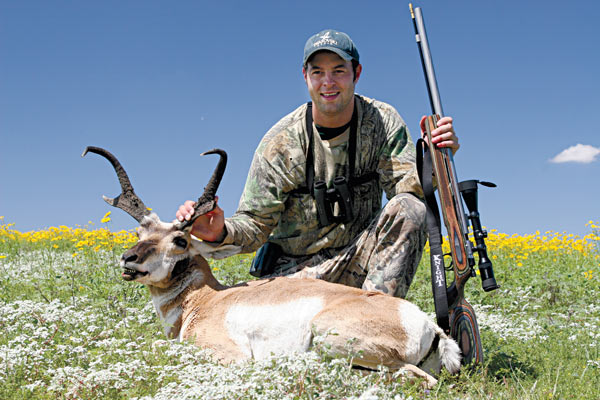
"They are coming back quite well," says Vore. "We don't have the numbers we've had eight or 10 years ago, but they are definitely doing better. We've had a couple of good fawning years and relatively mild winters."
Wyoming didn't suffer much of a winterkill those same years it hammered Montana, but an extended drought has taken a toll on the state's herd.
 "Tag allocations are down over the last 10 or 12 years," says Langston. "The good news is that we had very good fawn production, and survival last year and this year is shaping up to be a good one in most regions, too."
"Tag allocations are down over the last 10 or 12 years," says Langston. "The good news is that we had very good fawn production, and survival last year and this year is shaping up to be a good one in most regions, too."
Even with declining populations, Wyoming remains the top destination. With an estimated 400,000 pronghorns, it has far more than any other state.
Public opportunities are abundant, too, because 55 percent of the state is public.
Prolonged drought and changing land use patterns have led to a steady downward trend in antelope numbers in Arizona, which has historically been one of the best states for trophies. The statewide pronghorn population is about 5,500, just half the number of the peak population, which occurred in 1995.
However, Arizona antelope numbers have gone up a bit in recent years. So have tag allocations. Last season, Arizona Game and Fish sold 456 general season tags, and success rates were nearly 90 percent. Be warned, though. More than 22,000 people applied for those tags.
New Mexico also has experienced a long-term decline, but decent hunting remains in the northeastern corner, which has the highest buck-to-doe ratio, and the Plains of San Agustin. Some big bucks can be found in southern New Mexico, too.
Nevada's pronghorn population dipped slightly the past few years, but only after strong and steady gains since 2000. There are about 28,000 pronghorns across the state, and hunting opportunities remain good.
Elk
No state has more elk (280,000) or elk hunting opportunities (217,000 licenses sold in 2014) than Colorado. Elk populations are also increasing in parts of Montana and Wyoming, despite perceptions that wolves are decimating elk in both states.
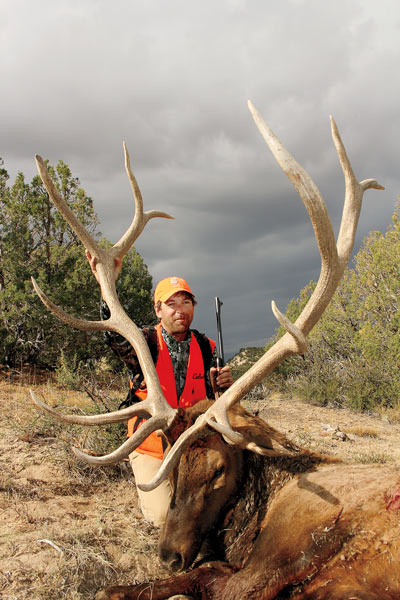 "Wolves are a factor, but they aren't the only factor where there is a decline in numbers or hunting success," says Vore. "Changing farming practices are keeping elk on private land just about all year, and hunting pressure on public land is also pushing elk down onto private land earlier in the season."
"Wolves are a factor, but they aren't the only factor where there is a decline in numbers or hunting success," says Vore. "Changing farming practices are keeping elk on private land just about all year, and hunting pressure on public land is also pushing elk down onto private land earlier in the season."
Predation is having no impact on Wyoming's elk herd, which saw the three highest harvests ever three years in a row, says Langston. Hunters took about 25,000 elk in each of those years, and this year should be equally as good. Populations are strong in the Medicine Bow National Forest, as well as the Shoshone National Forest.
"Anywhere there is good elk habitat you'll find good elk hunting," says Langston.
Drawing a tag is getting tougher, but Wyoming has a preference point system. Three-quarters are set aside for the bonus point drawing, but 25 percent of the elk tags are put in a random draw.
Everyone who applies at least has some chance of drawing a tag in any given year.
Wolves were hammering elk in parts of Idaho, but thanks to recent regulation changes, hunters are hammering the wolves. It made a difference, says Compton. Elk numbers are improving in the Lolo unit, as well as other management units where elk numbers plummeted following the introduction of wolves.
"They are still struggling some in the backcountry areas where hunters can't easily get to the wolves," says Compton, "but overall, our elk numbers are strong, and hunting opportunities are as good as they have ever been in most of the state."
Mule Deer
After years of bad news, things are starting to look up for muleys throughout much of the West, although some herds are still struggling, thanks to prolonged drought, habitat loss, and energy development. The good news, though, is that a few mild winters and a wet spring last year have helped return populations to their highest levels in years in states like Utah and Idaho.
"Our mule deer are in the best shape they've been in since the early 1990s," says Utah Division of Wildlife Big Game Coordinator Justin Shannon. "Doe and fawn survival rates were incredibly high last winter."
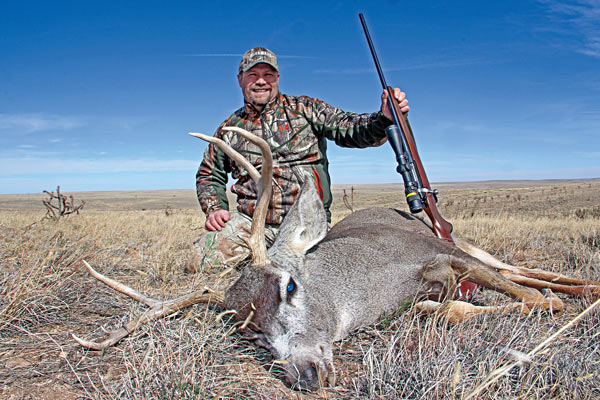
The agency recommended an additional 2,250 general season deer tags this season and an extra 250 limited quota licenses.
Idaho is also experiencing a mule deer boom for many of the same reasons. Three mild winters and adequate spring rainfall has resulted in high fawn survival. In fact, Compton says last year was one of the best in 20 years in terms of overall harvest numbers, success rates, and trophy quality.
"I think this year will be even better," he says. "There should be a lot of 4.5- and 5.5-year-old bucks out there."
Prolonged drought continues to plague the iconic Western big-game animal in some regions, where numbers and hunting opportunities have fallen. Western Nevada is one of the hardest-hit regions, where a severe, long-term drought is decimating available forage.
Worse, numerous large fires have damaged winter and summer ranges. Biologists expect a long road to recovery — that's assuming the region gets rain in the near future.
Things aren't quite as bad in Wyoming, but they certainly aren't good, either. Loss of habitat and increased energy production has taken a toll on the state's deer herd. As a result, drawing a nonresident tag is getting more difficult with each season.
"There is still decent hunting in some areas," says Langston. "The limited-quota areas south of Rock Springs and in the Wyoming Range can be very good, but drawing a nonresident license can be tough."
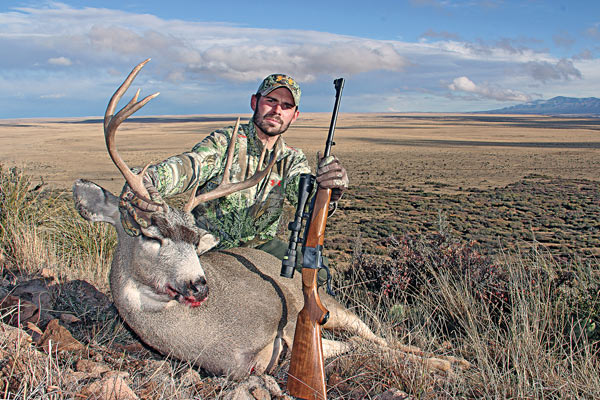
Severe winter weather took a toll on mule deer in the Dakotas, which have seen a population reduction as high as 50 percent. North Dakota was hit especially hard by a string of severe winters. The state stopped selling doe tags three years ago.
Although muley numbers are inching back up in both states, it will likely take several more years of mild winter weather to make a big difference.
